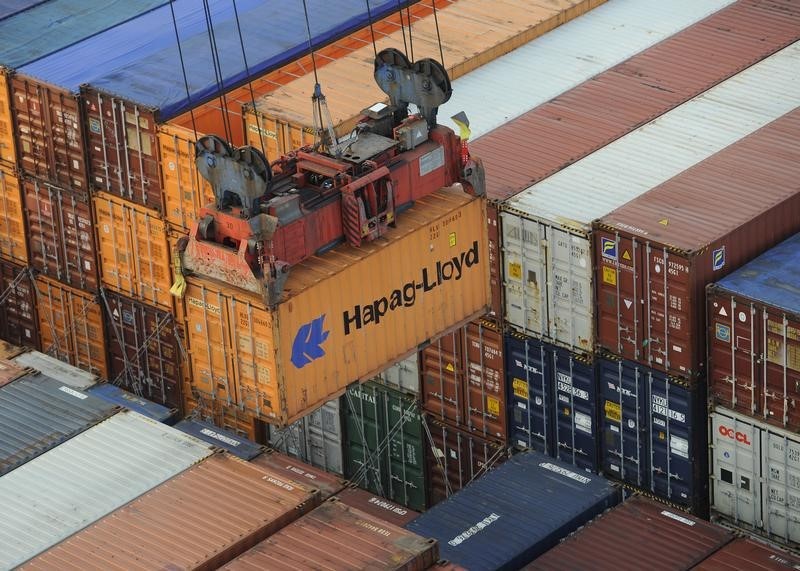Goldman Sachs chief credit strategist Lotfi Karoui departs after 18 years - Bloomberg
Investing.com -- Shipping stocks surged earlier this week after the U.S. and China reached a surprise agreement to sharply reduce tariffs, easing tensions following what were described as “productive” trade talks over the weekend.
Under the deal, the U.S. will lower tariffs on most Chinese imports from 145% to 30% for a 90-day period, starting May 14. This includes a 20% tariff related to fentanyl.
China, in turn, will reduce its tariffs on U.S. goods from 125% to 10%. The tariff relief excludes levies still in place on steel, aluminum, and certain other products.
The move marks a significant pause in the trade dispute between the two largest global economies and could revive shipping activity, which had recently stalled due to the steep tariffs imposed under former President Donald Trump.
Container traffic between China and the U.S. had nearly halted in recent weeks, making the temporary rollback a potential catalyst for recovery in the sector.
On Thursday, Deutsche Bank (ETR:DBKGn) analysts upgraded shipping stocks, including Hapag Lloyd AG (ETR:HLAG) and AP Moeller - Maersk A/S B (CSE:MAERSKb).
Hapag-Lloyd was lifted to Hold from Sell, after the German shipping giant pre-released its first-quarter results.
“Hapag-Lloyd reported Q1 EBITDA of $1.1bn (+17% YoY) and EBIT of $487m (+24% YoY),” analyst Andy Chu highlighted. “Revenues in Q1 increased c.15% YoY to $5.3bn driven by volumes and rates both up c.9% YoY.”
Separately, Chu also upgraded AP Moller Maersk from Sell to Hold and hiked the price target to DKK11,909.00, from DKK9,500.00.
Alan Murphy, CEO of Singapore-based Sea-Intelligence, said Monday that the shifting nature of trade policy makes it hard to offer "reasonable predictions" following the 90-day tariff reduction deal between the U.S. and China.
Murphy noted that while a tariff pause would typically lead to a spike in imports as businesses rush to get goods in ahead of future hikes, this case is different. “The tariffs during the pause are 30% on imports from China, which is higher than any prior tariffs on China,” he said.
Importers now face a dilemma: “Do you front load volumes now, in fear of higher tariffs once the pause is over, or do you wait and see, in case tariffs are lowered further,” Murphy said, adding that most importers are “in the dark on how to best address this situation.”
